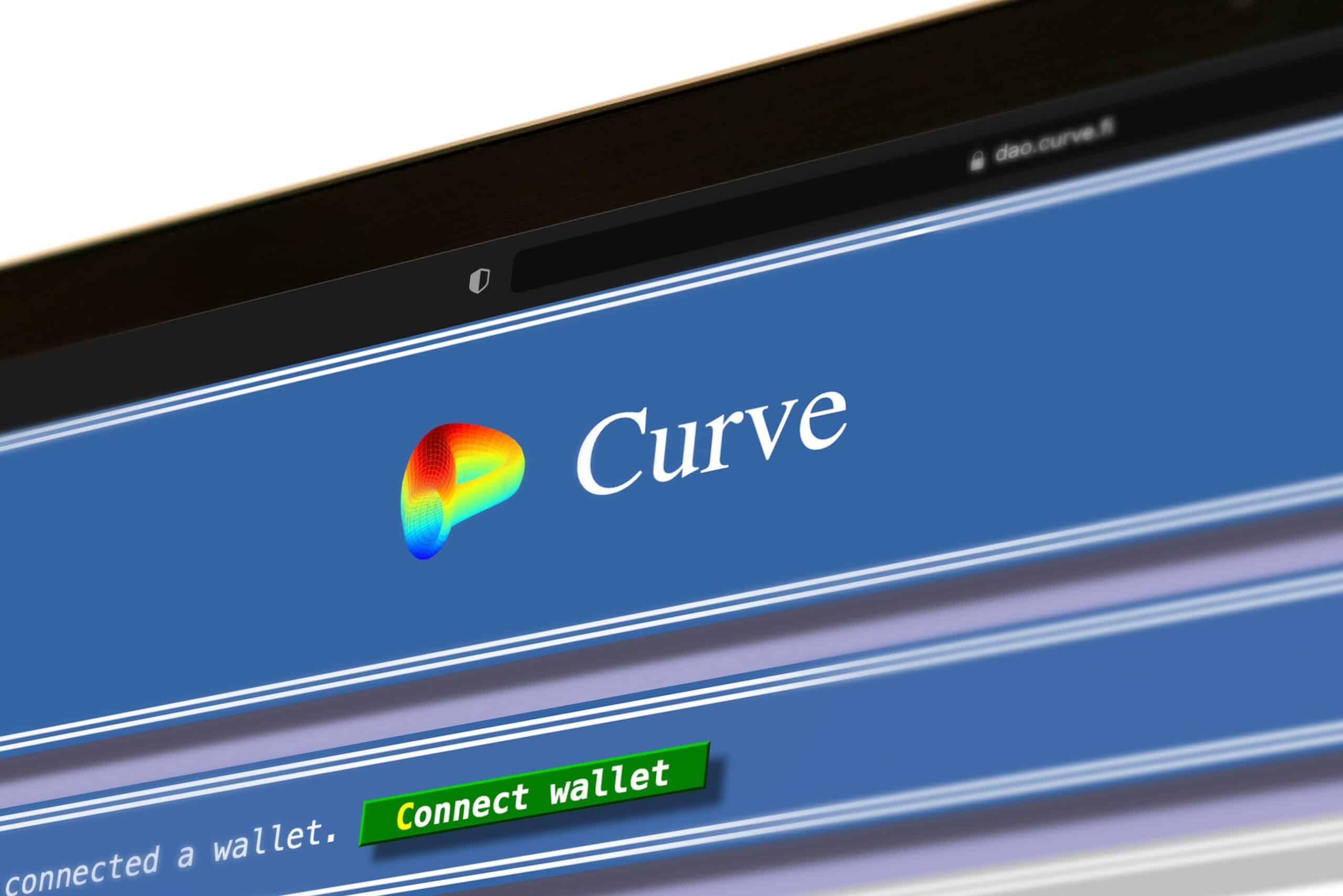Over the weekend, governance members of stablecoin exchange Curve started voting on a new proposal to direct up to 10% of fees generated by borrows from Curve’s stablecoin crvUSD to a vault dedicated to those using crvUSD to save.
The proposal is an effort to grow the crvUSD stablecoin, which has a current market cap of $60 million, according to Curve founder Michael Egorov. In theory, if the proposal passes and crvUSD does scale, the protocol would generate more revenue for governance members in the long term but not in the short term.
Eight addresses controlling about 10 million tokens in total have participated in the proposal so far, representing roughly 30% of the quorum. So far, the majority of votes are in favor of the proposal, which is set to end on Friday.
On Nov. 2, Egorov explained on X how the proposal would decrease the borrowing rate of crvUSD, make it cheaper for borrowers, and help increase the supply of crvUSD.
One supporter who goes by crv.mktcap.eth stated that the proposal would in the short term hurt holders of veCRV, which stands for locked-up tokens of Curve’s governance cryptocurrency.
The protocol sends all interest rate fees of crvUSD to veCRV holders at presstime. If accepted by Curve’s governing body, 10% of borrow fees would go to the stablecoin vault which means veCRV holders “must give up some revenues to pay for this savings rate,” wrote crv.mktcap.eth, who however, argued that the end goal of growing the stablecoin’s supply would result in more absolute revenue accrued to veCRV holders in the long-term.
ScrvUSD represents a user’s deposit of crvUSD and enables depositors to earn yield from fees generated by crvUSD controllers, according to the vault’s GitHub. Controllers serve as an onchain interface for creating loans and managing existing positions, Curve’s governance page states.
Curve is a crypto exchange focused on swapping stablecoins and is the 15th largest decentralized finance protocol by total value locked at $1.7 billion, per DefiLlama.



